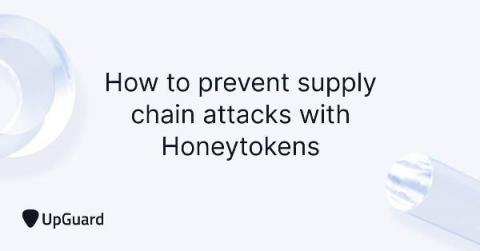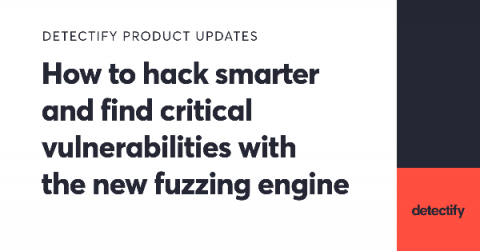Weekly Cyber Security News 05/03/2021
A selection of this week’s more interesting vulnerability disclosures and cyber security news. For a daily selection see our twitter feed at #ionCube24. It is nice to see a company caught up in a breach getting some help to make things right:











